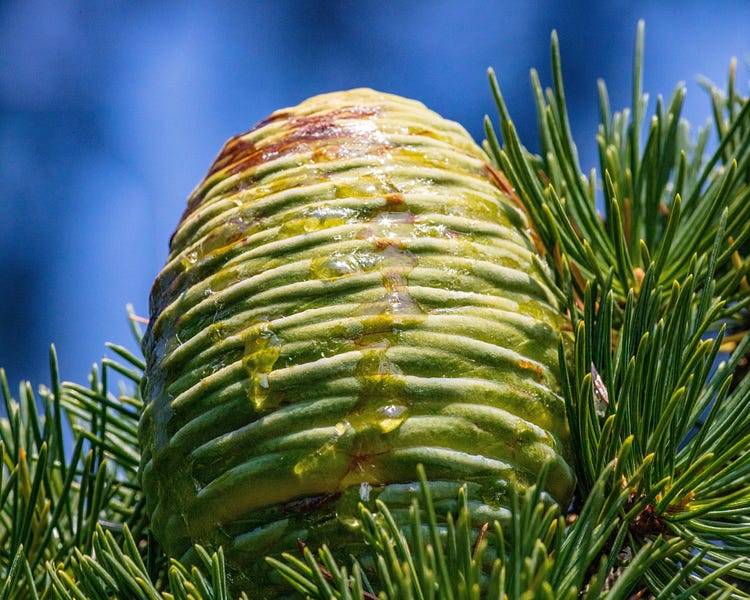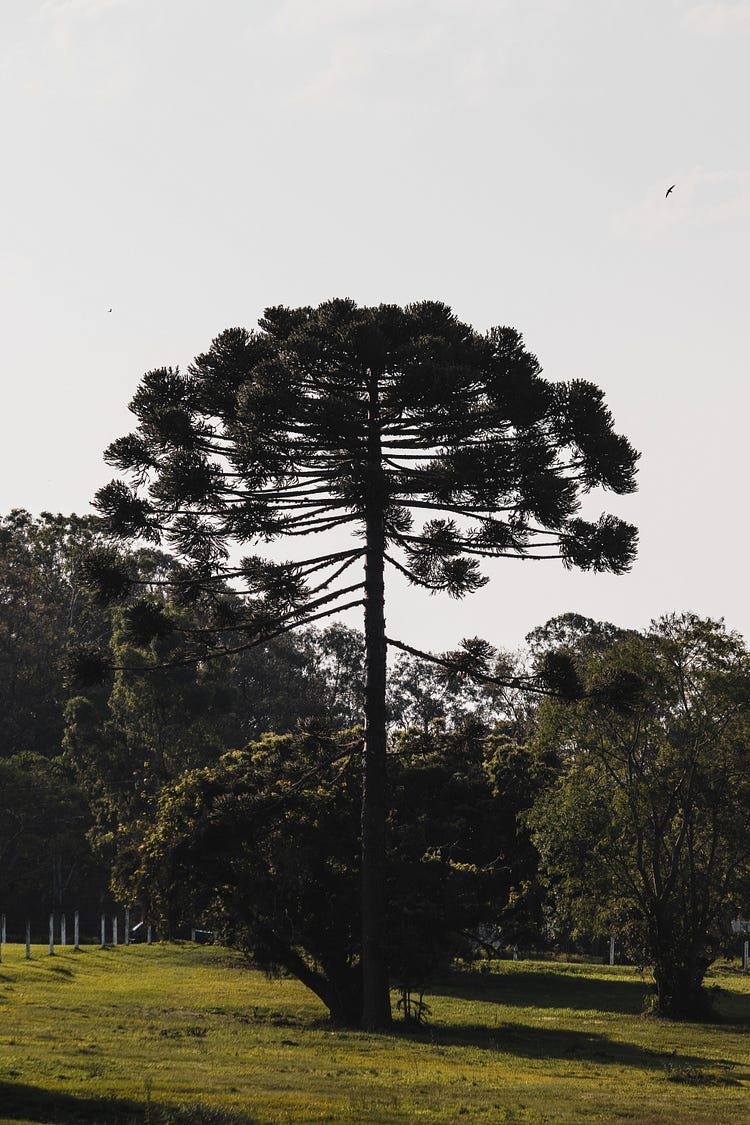Majestic Beauty: Discovering the Eastern White Pine
In the heart of North America’s forests, a towering giant stands as a symbol of majesty and resilience — the Eastern White Pine (Pinus strobus). This remarkable tree, native to the eastern United States and Canada, has long held a place of honor in the world of forestry and landscaping.
With its tall stature, soft, feathery needles, and historical significance, the Eastern White Pine is more than just a tree; it’s a living testament to the natural beauty and grandeur of the wilderness.
Join us on a journey through the enchanting world of this majestic conifer as we explore its history, characteristics, and its role in modern landscapes.

A Tree with a Historical Legacy
The Eastern White Pine holds a special place in American history. It was a vital resource for the Native American tribes and early European settlers. The tall, straight trunks of these trees were used to build ships, earning them the nickname “mast pines.” The Eastern White Pine also played a pivotal role in the logging industry during the 18th and 19th centuries, contributing to the growth of America’s infrastructure. Its historical importance is deeply rooted in the country’s past, making it a symbol of the nation’s growth and resilience.
The Majesty of Height
One of the most striking features of the Eastern White Pine is its impressive height. It can grow to towering heights of up to 150 feet, making it one of the tallest trees in eastern North America. The sight of a mature Eastern White Pine, with its straight trunk and gracefully spreading branches, is nothing short of awe-inspiring. This remarkable stature has earned it a special place in both natural and landscaped environments.

Feathery Needles and Soft Beauty
The Eastern White Pine is characterized by its soft, flexible needles, which are arranged in bundles of five. These needles are bluish-green and can measure anywhere from 2 to 5 inches in length. They give the tree a feathery appearance and contribute to its overall elegance. During the winter months, these needles provide a delightful contrast to the snow, creating a picturesque scene in the forest.
A Role in Modern Landscaping
While the Eastern White Pine has deep historical roots, it continues to be a valuable asset in modern landscaping. Its graceful form and impressive height make it an excellent choice for large properties, parks, and estates. It serves as an ideal shade tree, creating cool, comfortable spaces during hot summer months. Its soft needles and conical shape also make it a popular choice for ornamental planting, offering a touch of natural beauty to urban and suburban landscapes.
Challenges and Considerations
While the Eastern White Pine is renowned for its beauty and grandeur, it’s not without its challenges. The tree can be susceptible to certain diseases, such as white pine blister rust and needle cast. It’s important for homeowners and landscapers to be aware of these issues and take appropriate measures to protect these majestic trees.
Preserving a Natural Icon
The Eastern White Pine is not just a tree; it’s a living piece of history and a symbol of nature’s grandeur. As we continue to appreciate its beauty and importance in our landscapes, it’s essential that we also take steps to conserve and protect these remarkable trees. Through responsible planting and care, we can ensure that the Eastern White Pine remains a majestic presence in our forests and gardens for generations to come.
In conclusion, the Eastern White Pine (Pinus strobus Louie) is a tree that stands as a testament to the majesty of the natural world. Its towering height, soft beauty, and historical significance make it a cherished icon in both natural and landscaped environments. Whether you encounter it in a pristine forest or as a centerpiece in a well-designed garden, the Eastern White Pine never fails to evoke a sense of wonder and admiration.
